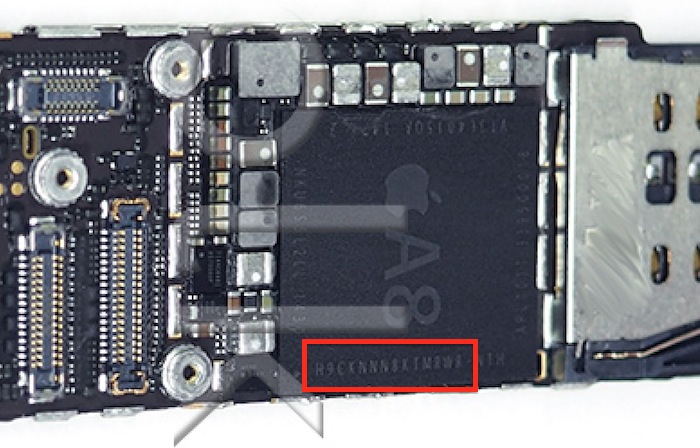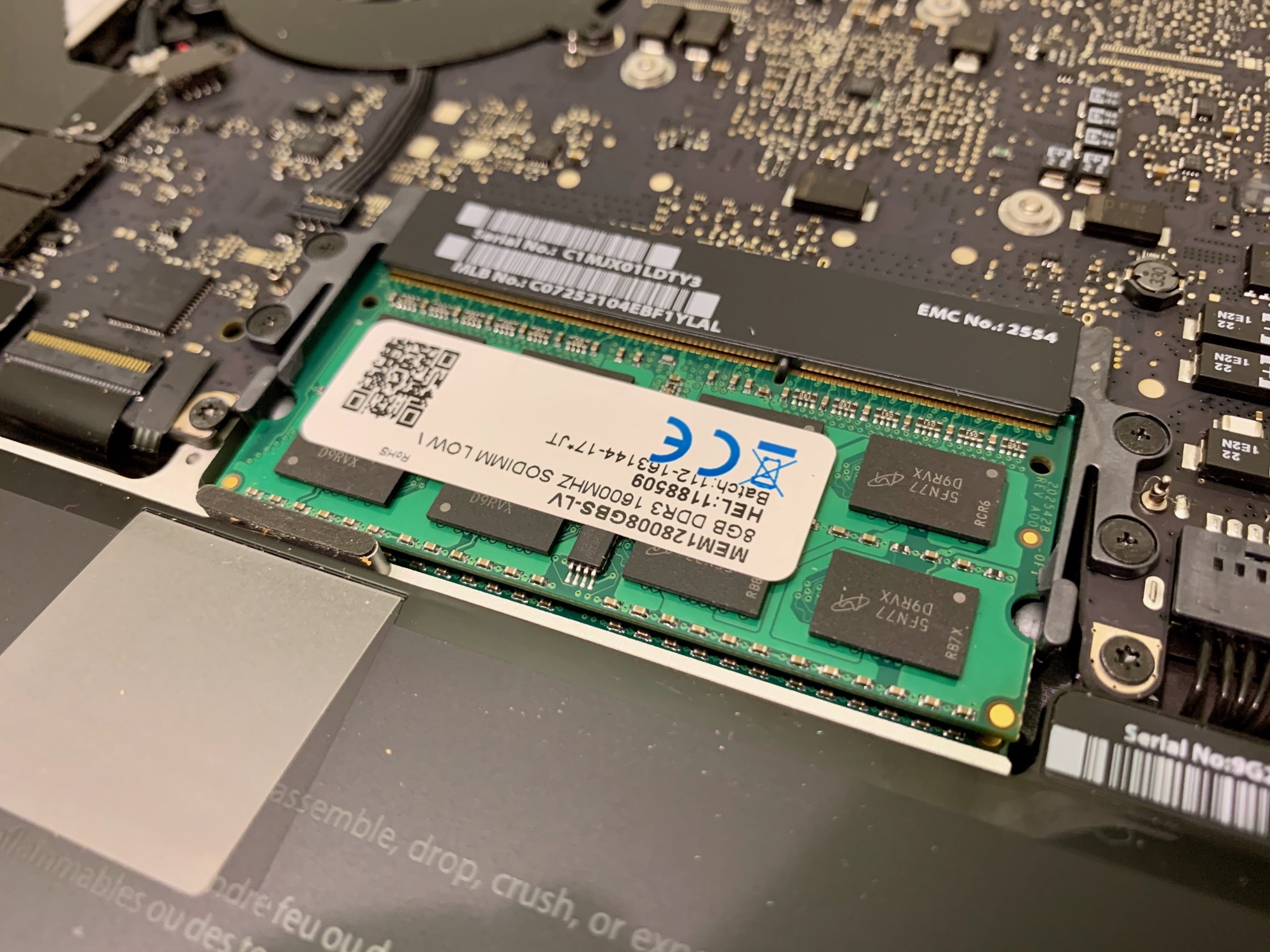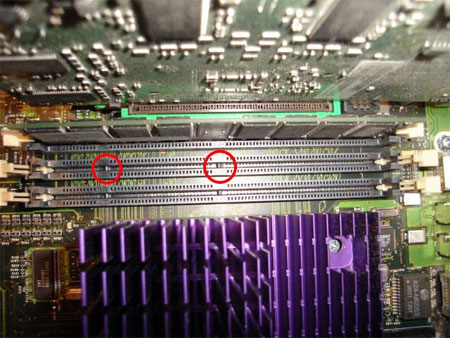

- #Upgrade memory in mac mini instructions update#
- #Upgrade memory in mac mini instructions upgrade#
- #Upgrade memory in mac mini instructions full#
- #Upgrade memory in mac mini instructions code#
Most iMac models have a convenient window to access the RAM compartment, making it even easier than on a laptop. While it may be slightly different on yours, the basic process for MacBook RAM upgrades is the same. Check the resources mentioned above for more specific instructions.īelow we'll provide a basic overview of how this looks on a mid-2010 MacBook. As mentioned, we can't go over the instructions for every single Mac model.
#Upgrade memory in mac mini instructions upgrade#
If you often multitask, and your computer supports it, jumping to 16GB is a good idea.įinally, let's review the general process for the actual RAM upgrade in your machine. 8GB is a good baseline if you aren't a heavy computer user. How much RAM you should buy depends on your needs. For example, if you want to upgrade to 8GB of RAM, buy the 4GB x 2 pack. To take advantage of dual-channel memory, you'll want to buy two sticks that add up to your desired total. This page also details how many memory slots your machine has most MacBook models have two slots. In many cases, this exceeds the "maximum" value provided by Apple. Have a look at OWC's MaxRAM page to see how much RAM your particular machine will take. The few dollars you save isn't worth the risk of bad RAM bringing down your system.įinally, you'll need to buy the right amount of RAM for your system. We recommend staying away from cheap, junky RAM with few or poor reviews. Read more: A Quick and Dirty Guide to RAM: What You Need to Know If you do so, make sure you search by SKU so you don't end up buying something that's slightly different. You might be able to shop around and get a better price for RAM found on the above sites. Special thanks to Damien Dalla-Rosa for suggesting the CIFAR10 dataset and ResNet50 model and Joshua Koh to suggest perf_counter for a more accurate time elapse measurement.This is why we recommend buying from a store that specializes in Mac RAM upgrades. Many thanks to all who read my article and provided valuable feedback.

#Upgrade memory in mac mini instructions update#
UPDATE (12/12/20): RTX2080Ti is still faster for larger datasets and models! Although the future is promising, I am not getting rid of my Linux machine just yet. Adding PyTorch support would be high on my list.įinally Mac is becoming a viable alternative for machine learning practitioners.

Hopefully, more packages will be available soon. For now, the following packages are not available for the M1 Macs: SciPy and dependent packages, and Server/Client TensorBoard packages. The Apple M1 chip’s performance together with the Apple ML Compute framework and the tensorflow_macos fork of TensorFlow 2.4 (TensorFlow r2.4rc0) is remarkable. The training and testing took 6.70 seconds, 14% faster than it took on my RTX 2080Ti GPU! I was amazed.
#Upgrade memory in mac mini instructions code#
I installed the tensorflow_macos on Mac Mini according to the Apple GitHub site instructions and used the following code to classify items from the fashion-MNIST dataset. Since I got the new M1 Mac Mini last week, I decided to try one of my TensorFlow scripts using the new Apple framework. This starts by applying higher-level optimizations such as fusing layers, selecting the appropriate device type and compiling and executing the graph as primitives that are accelerated by BNNS on the CPU and Metal Performance Shaders on the GPU.”
#Upgrade memory in mac mini instructions full#
“The new tensorflow_macos fork of TensorFlow 2.4 leverages ML Compute to enable machine learning libraries to take full advantage of not only the CPU, but also the GPU in both M1- and Intel-powered Macs for dramatically faster training performance. With Macs powered by the new M1 chip, and the ML Compute framework available in macOS Big Sur, neural networks can now be trained right on the Macs with a massive performance improvement. Since Apple doesn’t support NVIDIA GPUs, until now, Apple users were left with machine learning (ML) on CPU only, which markedly limited the speed of training ML models. Both of them support NVIDIA GPU acceleration via the CUDA toolkit.

The two most popular deep-learning frameworks are TensorFlow and PyTorch.


 0 kommentar(er)
0 kommentar(er)
